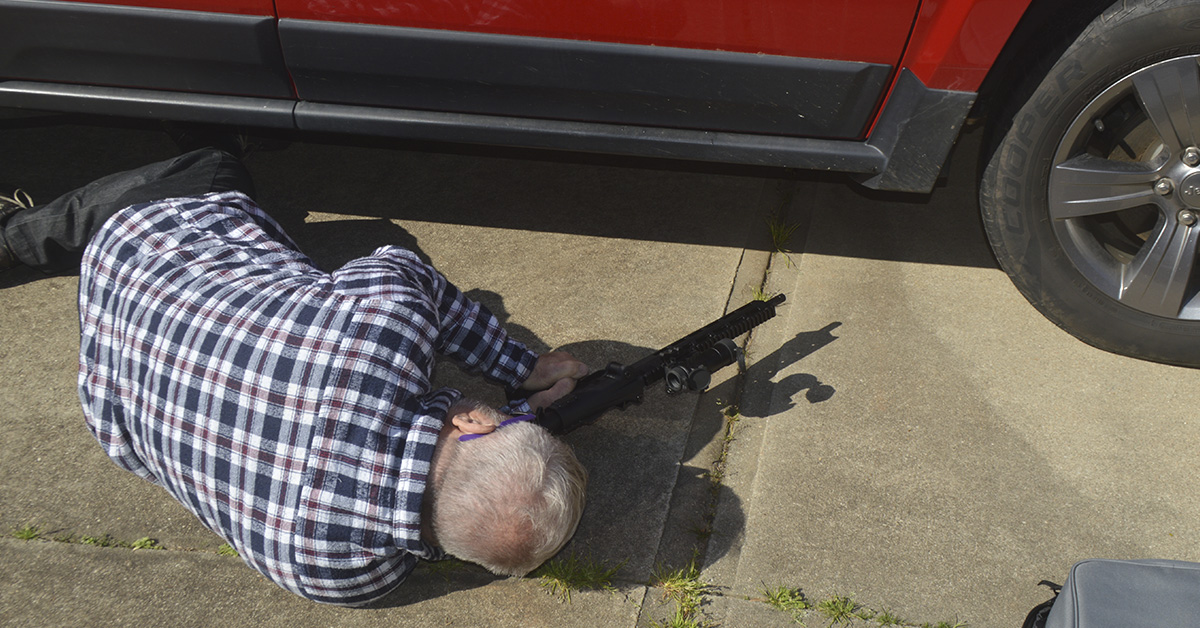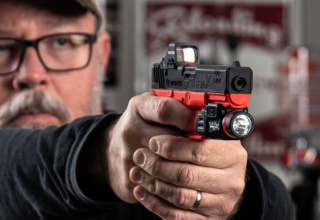Lessons learned from the University of Hard Knocks were cutting-edge back in the day, but are they still relevant?
by Bob Campbell
For someone with a degree and extensive study in several fields, I have had more than my share of hard knocks. Writing has not been my entire professional life. I am hoping to share some of this experience with you, as I have been down that road you may not have yet tread. If there is anything I have learned in a lifetime of enough trouble for ten men, it is that hardcases love morbid tales and try to outdo one another in the telling.
This is particularly apparent in the company of rookies and the uninitiated. It is a given that many of the tales are allegorical to teach a lesson and are not strictly accurate. I cannot afford that in my writing and teaching. But some sayings never die and are digested by the novice. Poachers kill (fill in the blank) with the .22 Magnum every day, and the mob uses a .22 in assassinations. No, I’ve dealt with poachers, and they are hunters when not poaching and night hunting and use average grade rifles like .308s, a .270, or a .30-30. The mob uses the biggest guns they can get and empty them into the poor sap being rubbed out. Occasionally, a more good-natured veil of tears type will spin a yarn so exciting the unwitting verbal victim will ask, ‘How did you get out of that one?” The wise guy then answers, ‘I didn’t. They killed me.’ And the rest of the group laughs. But there are some lessons from the old school that merit study.
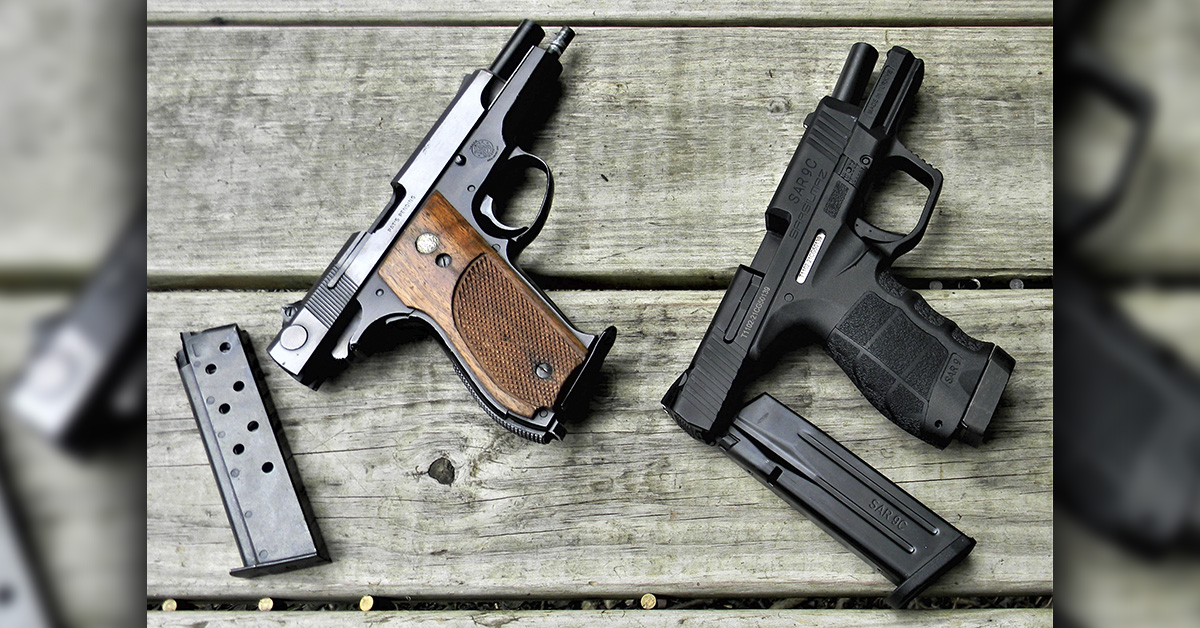
While this is part of an initiation rite in some agencies, there is much to be learned from old school shooters and fighters. The threat is real. I have met quite a few of our fellow men who take a right-angle pivot off the spectrum of aberrant behavior. When you play eyeball tango with someone with creepy confidence in the face of violence, you had best be prepared. It isn’t a new trend. It has always been there to deal with. It is simply an old horror in a new dress. Couple a violent bent with two degrees toward dumb and you have a problem. As my grandfather often told me, the single worst combination possible in a man is mean and stupid. There is no shortage of that compound. So, we need to cultivate scholarship and practical application on training. That noted, we may consider our sources of information.
We often ask, “Are old school tactics applicable to the modern experience?” Society is the same in many ways, but the tools have changed. Would Viking long sword tactics apply to the rapier? Are some of the tactics taught by trainers for decades — or over a hundred years ago — still relevant? They are and they aren’t, but some are very well suited to all types of personal defense. After all, some of our human progenitors led dramatic lives and had good thoughts on personal defense. Thus, while BSers are not hostile to the truth but simply indifferent to the truth, there are hard observations that may enlighten the novice.
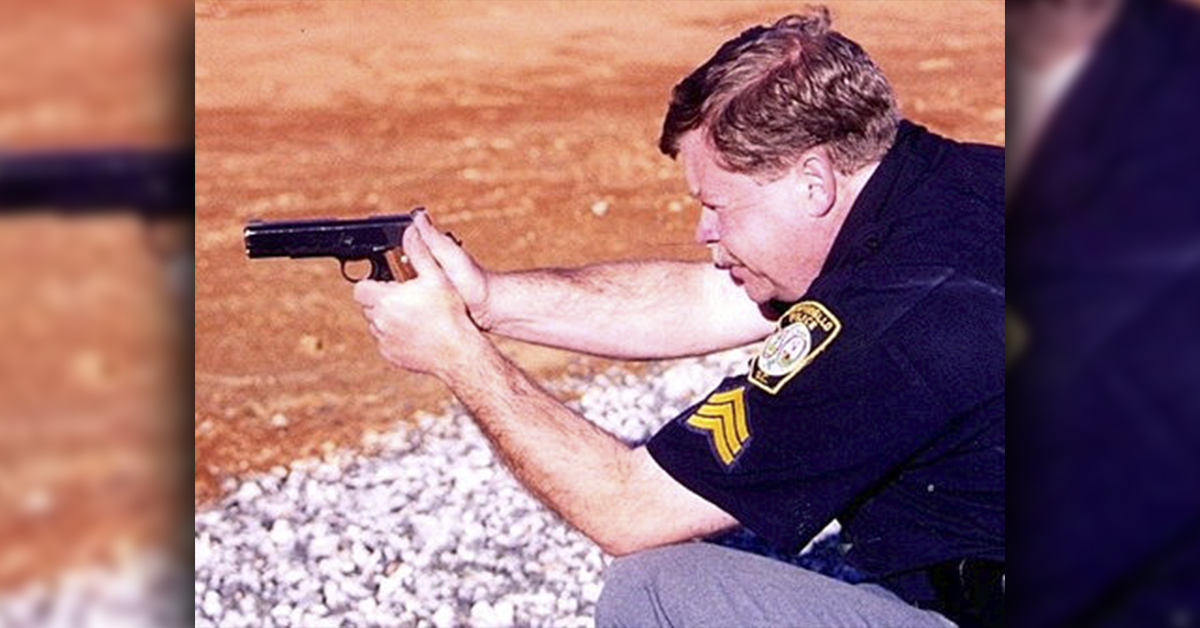
A great deal of my experience comes from training and training others. All have different kinds of experience. Our experience comes from different periods, the students have different ideas of conditional practicality, and their skill is in different states of maintenance. Some skills and tactics are as good for application as they have always been and some need tweaking.
Let’s look at some of the old school drills and how relevant these tactics are.
Point Shooting
Point shooting, or instinctive shooting, has been pretty much discounted. Meat and paper, using the slide as an aiming reference, works at very close range. In this tactic, the pistol is quickly presented at three to five yards. The slide is used as an aiming point. If you see one side of the slide or the top of the slide, you are off. The pistol is the meat, and it is surrounded by paper. It only works at ranges where the gun is surrounded by the target. The revolver cylinder is used in a similar manner.
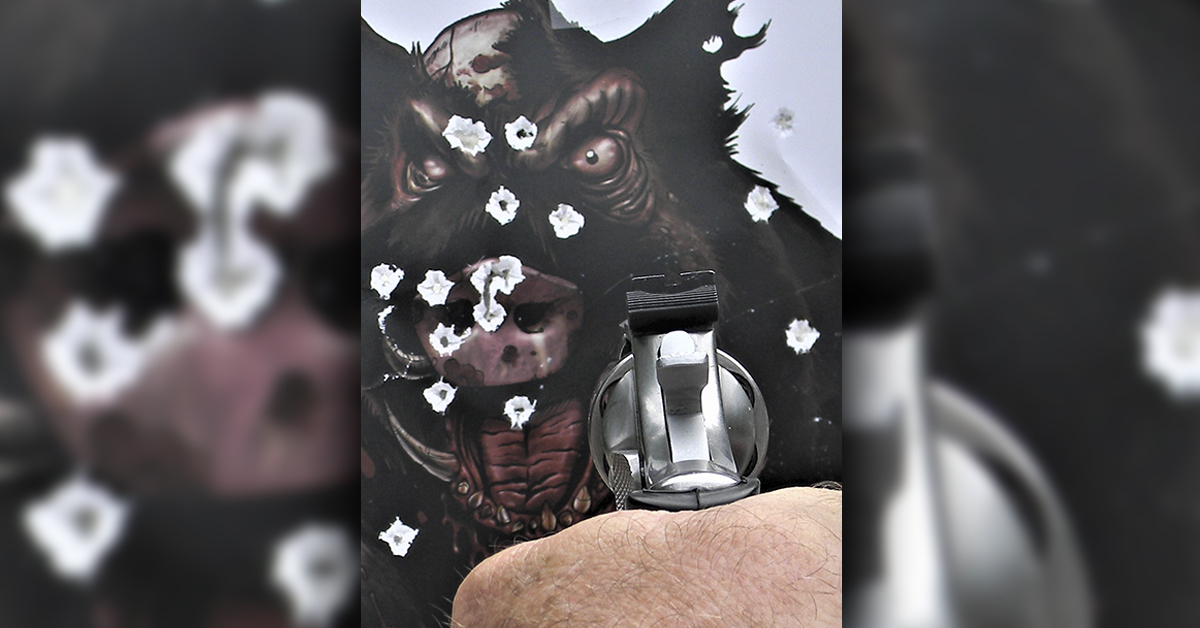
I think one reason fast reactive shooting using only the front sight as a reference was used is because it was largely a reaction to handguns with embryonic sights. Getting a fast sight picture was difficult. This is why Bat Masterson (according to Colt factory records) ordered his Single Action Army with a tall front sight. Tom Threepersons’ circa 1921 Single Action Army rests in a museum and sports a special squared-off, flat top front sight. I would say these men intended to aim their pistols.
On the other hand, the Hickock/Applegate point is a viable and useful tactic. It isn’t point shooting. Adapted by Colonel Rex Applegate from the writings of Wild Bill Hickock, the Applegate point is executed as follows. The threat may be five to seven yards away (typical combat distance). The pistol is drawn, and the focus is on the target. The shooter takes a step forward as the front sight breaks the plane between the eyes and the target, and the pistol is fired. With fixed sights or an RDS, this works well.
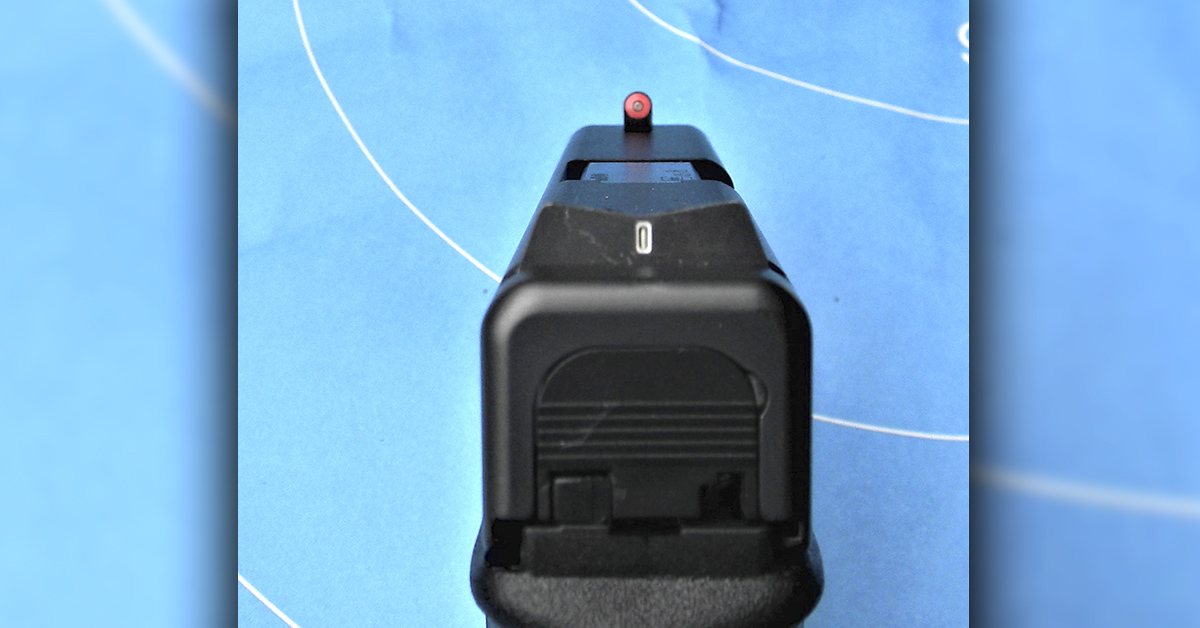
Front Sight
In the old days, the instructor taught “front sight.” This is still true. A fraction off with the front sight and you will miss. The longer the distance the greater the error.
Trigger Roll
The trigger roll is simple enough. Press the trigger and, as the pistol climbs in recoil, allow the trigger to reset and get on target again. This is definitely still viable. A smooth trigger press is timeless.
The Crush Grip
Holding the handgun as tightly as possible is still viable and the only course when controlling a defensive handgun.
Weaver or Isosceles Stance?
I think that the once-universal teaching of the Weaver has faded and may not be as viable. While an ideal stance, the time needed to get into the Weaver stance and to learn it may not be as viable. A fighting stance with one foot to the rear must be applied. But it may not be the Weaver stance. Clothing, uniforms, modern sprawl, and vehicle interiors may not afford the opportunity for a perfect Weaver stance. If you can work up a Weaver stance, you will offer a bladed target to the adversary considerably smaller than with the isosceles.
The Quick Peek
This was a quick peek around cover to ascertain the location of the adversary. You best be quick or you will catch a bullet! Even a duffer can ring your bell at close range. For personal defense, shelter in place is better. We are not warfighters. We only wish to survive. As one cop told me succinctly a few decades ago as to how he ended a confrontation with a dangerous stick-up man, “He Kilroyed around the wall and gave me a good shot at his noggin.”
Slicing the Pie
This is room clearing taught at many police academies and military training schools. It is a viable tool but hardly useful for most of us — unless there is family in another part of the home and you must clear the area. Consider it an advanced tactic for certain circumstances.
I had a young fellow in police service in one of my classes a few years ago who duck walked to the barricade firing drill and seemed familiar with the Groucho walk. The problem was, he was too overweight to properly execute either and the joint function in his knees prevented him from quickly assuming either the duck walk position or moving out of it. He could uncomfortably crouch but not move quickly. You must have patience to master any drill. Don’t go running around with your hair on fire as many rookies do but take it slow and easy when mastering a drill. I don’t think the duck walk or Groucho walk is viable for many civilian shooters. If you run jog, play ball, or engage in martial arts, conversely, you probably can execute a crouch without much practice at all. At over sixty, I certainly can crouch, but I must swing my hips to get out of a deep crouch.
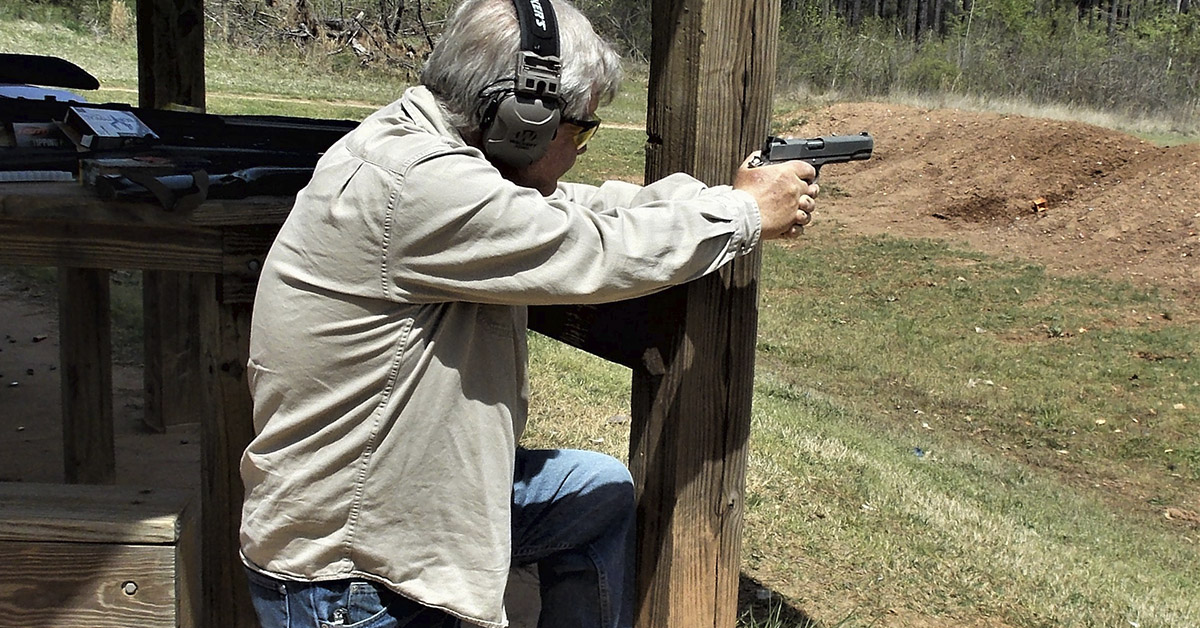
Another old school tactic that is often taught and was part of police qualification is firing from kneeling. This isn’t a position friendly to body armor or the typical light bulletproof vest, but it may have some merit when firing around cover. I don’t see the merit in assuming the kneeling position when the time and effort would better be expended in finding cover. Another question — when has the kneeling firing position been used operationally? I cannot find an example.
A tactic that is definitely old school and was used from the Indian wars well into the days of the last century is bouncing bullets. But so was plunging fire and time-on-target hits, and we don’t do that anymore according to military sources.
A lot of folks use firearms from the last century, but I don’t think many of us still deploy full metal jacketed or round nose lead bullets for defense. Expanding and frangible bullets don’t ricochet by design and don’t bounce reliably. This tactic is more of a military tactic; however, I have observed special units using this tactic operationally on heavily armed individuals.
The famous Laurel Canyon shootout is one example. It works well in limited instances. For handgun use, I don’t see it. Instructors who are fine shots and live on the range can pull off what are basically trick shots. Firing beneath a vehicle’s undercarriage to bounce a shot into those taking cover would be questionable at best in civilian encounters.
And there is another trick I learned before the ready availability of combat lights. A white handkerchief wrapped around a shotgun or rifle barrel near the muzzle end gave you a good indication where the gun was pointed!
They went with what they knew.
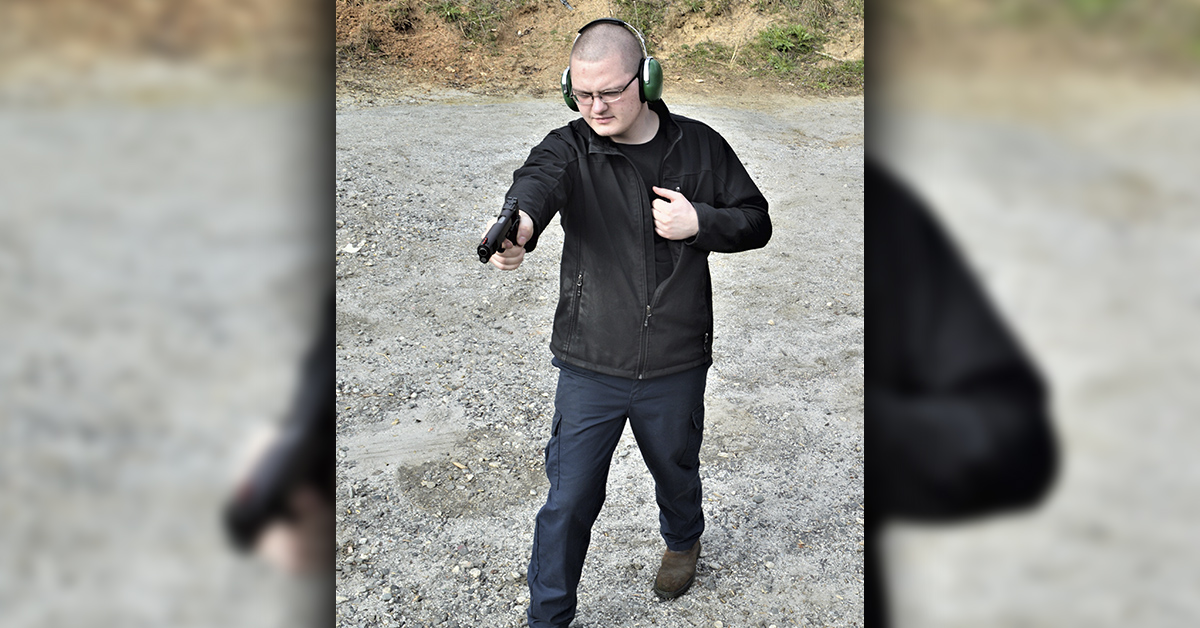
I think that a tactic that is far underused these days is boxing. My uncle, the late Jerry Campbell, wrote songs and children’s books and had quite a movie career, but he is also in the boxing hall of fame. He taught us a few things. A left hook or right jab, and especially an undercut, may stop a fight before it begins. I have used the Dempsey drop step operationally and it works like lightning. It is easier, I suppose, to use a taser or gas or pull a trigger. I have been injured to avoid taking a life. I don’t have corrugated abs or a black belt. I suppose what I have is five hundred years of Scot Irish willingness to fight and respect for human life. The Dempsey drop step allows greater reach. When the decision is made to punch, the foot under the fist is brought forward in a lunge and the foot brought down hard as the fist — an open hand is preferable — strikes. If you snap the hips as you strike, you will place all your weight on the driving hand.
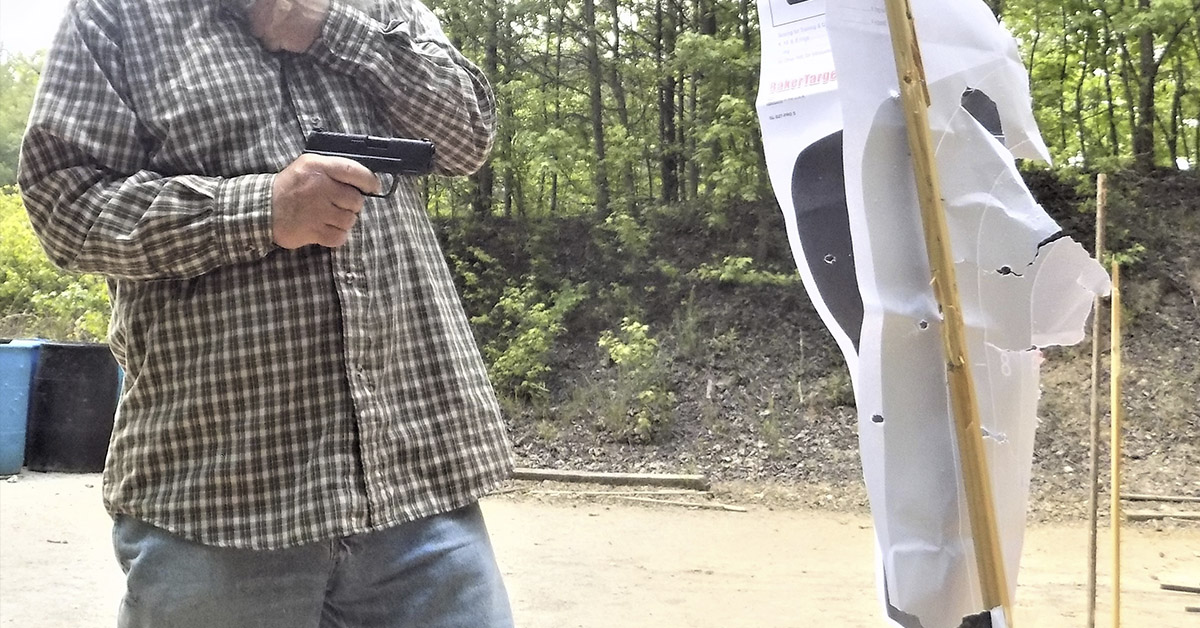
Looking over some of the old school tactics, they are interesting and well worth your time. Either adopt them or find something better. And time is the bottom line. An instructor who practices constantly will find many tactics viable. He will be able to demonstrate these tactics. The rest of us need to master the basics and adhere to simple tactics to the best of our ability.

